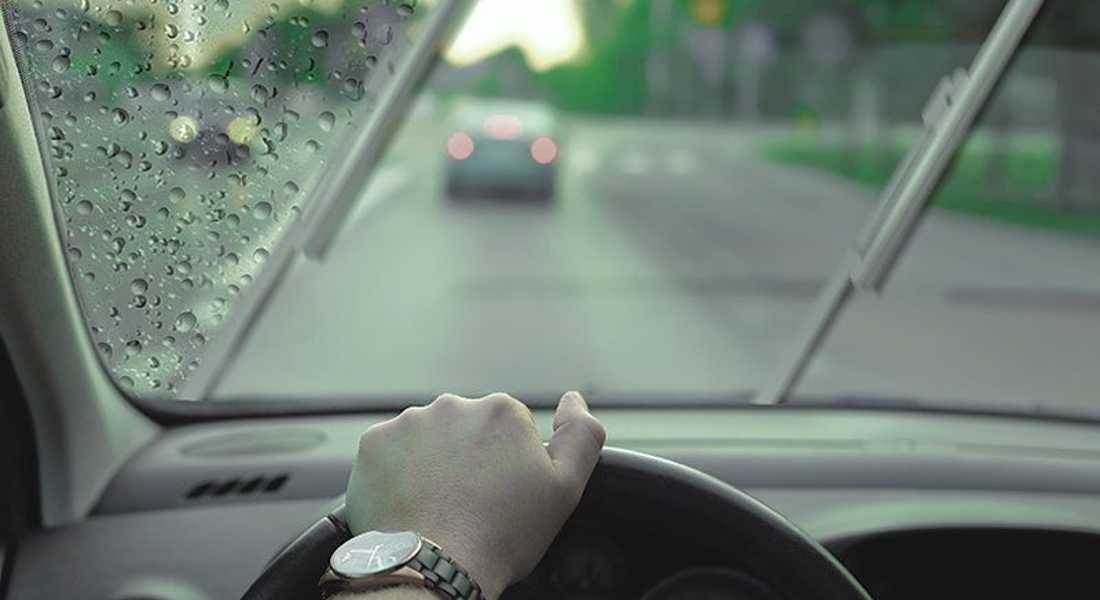Did you know it only takes 1/12th an inch of rain and 35 mph to hydroplane? The roads are more dangerous when rain comes after a dry spell. (Rain slicks the road with accumulated oil and dirt). But, you just need water. Even though most of the oil washes off after one day’s rain, wet roads are dangerous—rainy weather or not.
Limited visibility adds to the danger. Drive smart. Follow these four driving tips for driving in rain.
Turn your headlights on
Day or night, keep your headlights on while driving in rain. In many states, laws require headlights during rain or whenever visibility is less than 1000 feet. That is about a quarter of a mile or three and one-third football fields.
Newer tires, awesome breaks and wipers
Threadbare tires are dangerous. Keep your traction at top performance. Maintain relatively new tires with deep tread. Or, get some all-weather tires. This should help if you hydroplane. Get regular brake checks. Keep your windshield wiper blades ready for rainy days—before the rain comes.
What to do if you hydroplane?
Ease off the accelerator and continue driving steadily forward, and do not slam on the brakes.
Don’t use cruise control
Rainy weather demands full attention. Keep your eyes on the road, your hands on the wheel, and your feet ready for action.
If you hydroplane, cruise control can cause you to lose control. And, if you do hydroplane, the lack of traction may cause the cruise control to accelerate.
Drive smarter
Smart people adjust their strategy around changing conditions. Weather is one of those things. Driving in rain or any inclement weather be careful and pull back:
Keep your distance. You never know when the person ahead of you will spin out. Do not tailgate—especially in limited visibility. Slow down. Take corners slower. Be patient. Expect extra traffic.
A defensive driving class will help train you for dangerous driving conditions. Techniques and car maintenance keep you smarter on the road, whether driving in rain or any conditions.

